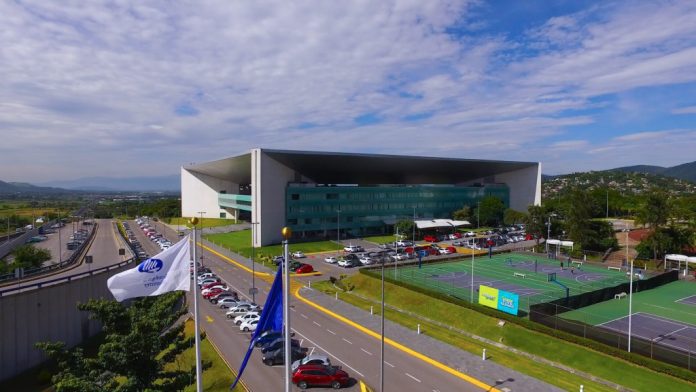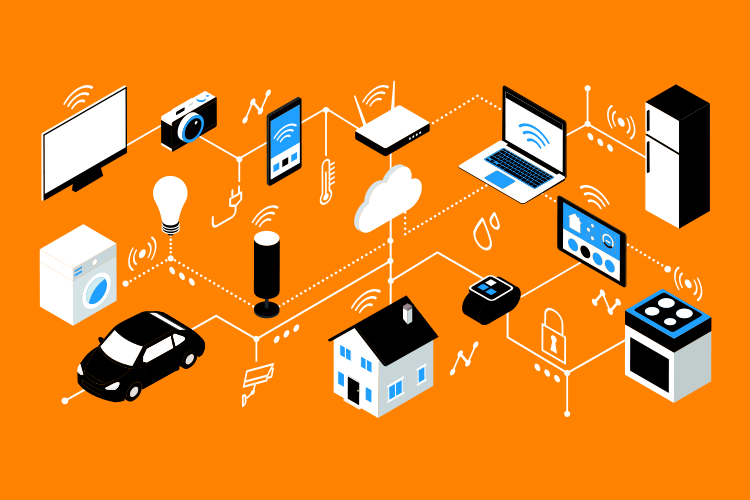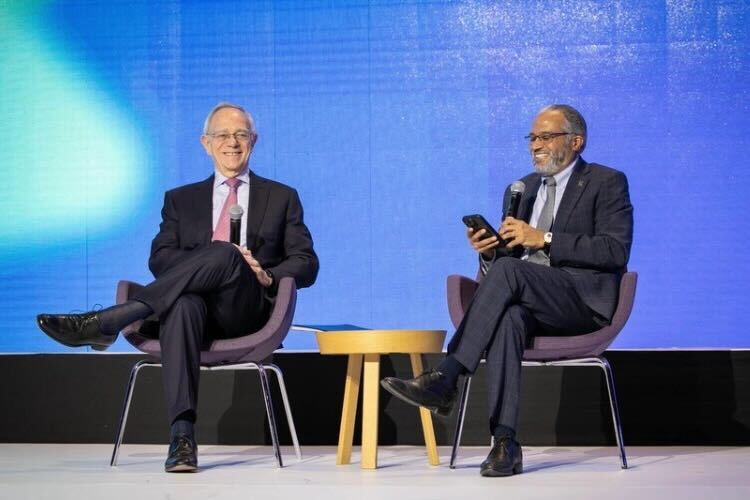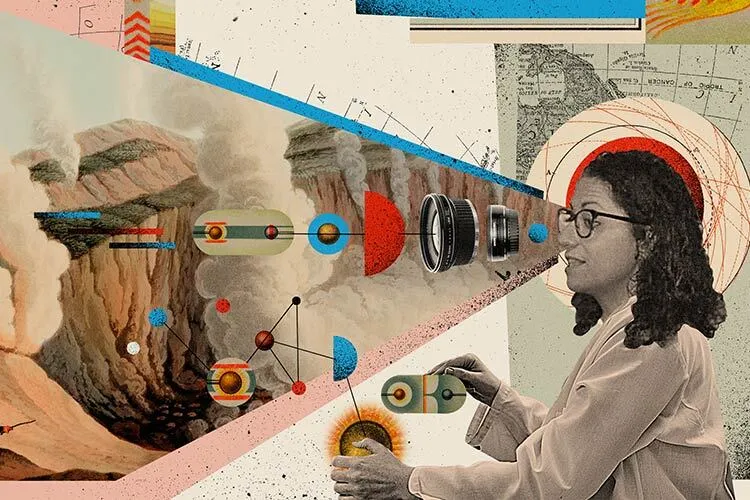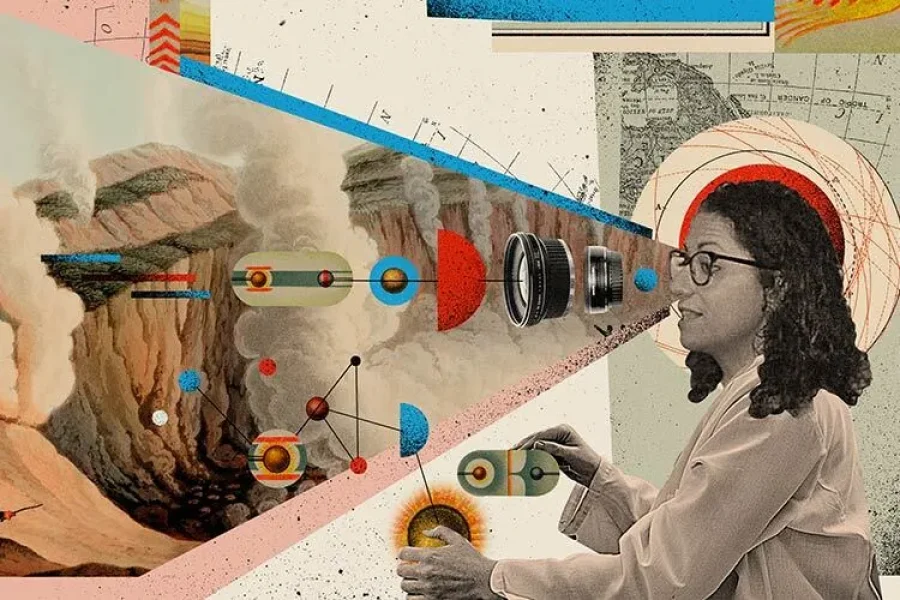World Internet Day is celebrated on May 17. This is the story of how this technology, which transformed telecommunications and impacted the daily lives of most of the world’s inhabitants, was born and evolved.
This technology, which began to come into being in the second half of the 20th century, means we can now use our smartphones to watch TikToks, google questions, use ChatGPT, order an Uber, watch series on Netflix, or make video calls with friends and family on the other side of the world, but how did it all begin?
The story goes back to the 1940s, when the Second World War ravaged several nations from 1939 to 1945. Technological breakthroughs such as computers appeared during this difficult period, the first of which that we know of were the ENIAC developed in the United States and the Z1 in Germany.
At the end of the war, many European countries, including Germany, were in ruins. For many years, the priority was to rebuild cities and the social fabric and reactivate the economy. Investment in science and technology took second place.
Meanwhile, the United States and the Soviet Union took the technological lead and entered into a volatile political confrontation known as the Cold War, in which they sought to impose their ideology and economic model (capitalism and socialism).
This period began in 1945 and lasted until 1991, when the Union of Soviet Socialist Republics (USSR) was officially dissolved. In the midst of the conflict, scientific and technological breakthroughs occurred that changed the course of history, such as aerospace development, satellites, and, yes, the Internet.
History of the Internet Timeline
At the end of the 1950s, the history of the Internet began with a data and information exchange network that was created as a military project by the U.S. government in response to a technological breakthrough in the Soviet Union:
1957. In October, the Soviet Union launched Sputnik 1 into space, the first artificial satellite in history.
1958. In response, the U.S. Department of Defense created the Advanced Research Projects Agency (ARPA), which was independent from other military research and development units. It had substantial funds to generate “unconventional technologies” and its ranks included elite scientists.
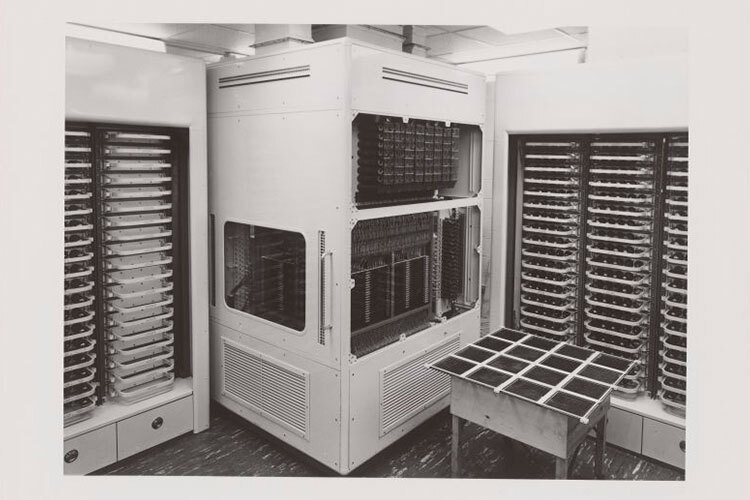
Who were these scientists? Many of them were professors and students from the Massachusetts Institute of Technology (MIT), such as Joseph Carl Robnett Licklider, who was director of ARPA’s information technology research program, Leonard Kleinrock, and Lawrence G. Roberts.
1961. Leonard Kleinrock published a paper on packet switching theory, which was part of his doctoral thesis at MIT. In 1963, he was hired as an academic by the University of California, Los Angeles (UCLA) and in 1964, his doctoral research was published under the title Communication Nets: Stochastic Message Flow and Delay. This book was vital to the development of the Internet.
1962. In an MIT report, Joseph Carl Robnett Licklider explained his concept of the “Galactic Network,” a globally interconnected network through which users could access the same data on different computers from anywhere in the world.
1965. Based on Licklider’s idea of the Galactic Network and, above all, the packet theory proposed by Kleinrock, researchers Lawrence G. Roberts and Thomas Merrill were able to connect two computers, generating the first information technology network in history.
This experiment was successful, demonstrating that it was possible to share data remotely, given that the connection was made through a low-speed telephone line between a TX-2 computer built and located in the MIT Lincoln Lab building in Massachusetts and a Q-32 located in the System Development Corporation of Santa Monica, California.
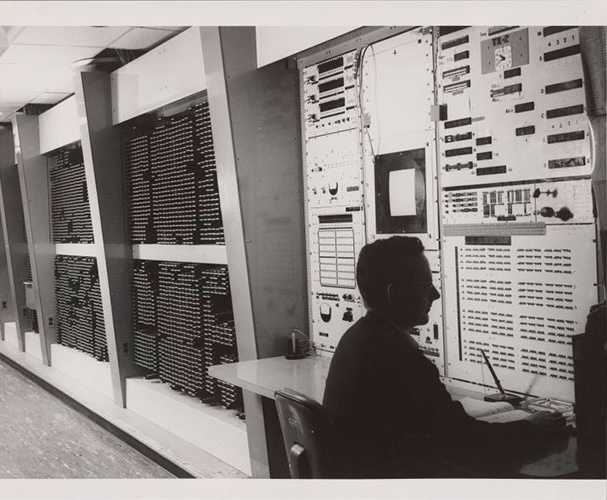
1966. After the success of his experiment with Merrill, Lawrence G. Roberts developed the first ARPANET plan, which was published in 1967 and known as Towards a Cooperative Network of Time-Shared Computers, according to a text published on the Internet Society website.
1968. After outlining the technical bases of the incipient ARPANET, it became necessary to utilize technology developers to advance this project. Together with the company Bolt, Beranek, and Newman (BBN), they created Interface Message Processors (IMPs) in which nodes were connected with microcomputers.
Another company, Network Analysis Corporation (NAC), worked with ARPA on designing the topology and architecture of the network (ARPANET), while a team under Leonard Kleinrock at UCLA designed the measurement and control equipment.
1970. In December of that year, the Network Working Group (NWG), under the direction of Stephen Crocker, published the initial host-to-host protocol of ARPANET, known as NCP (Network Control Protocol), which was implemented between 1971 and 1972, allowing network users to develop applications.
It’s important to note here that in the 1970s, ARPA changed its name to DARPA (Defense Advanced Research Projects Agency), although the project continued to form part of the U.S. Department of Defense.
In the following years, ARPANET was connected beyond MIT and UCLA to an increasing number of leading universities and institutions in the technological development of the United States, although this was not done for commercial reasons in 1970 as it was a military project that could represent an advantage against the Soviet Union in the context of the Cold War.
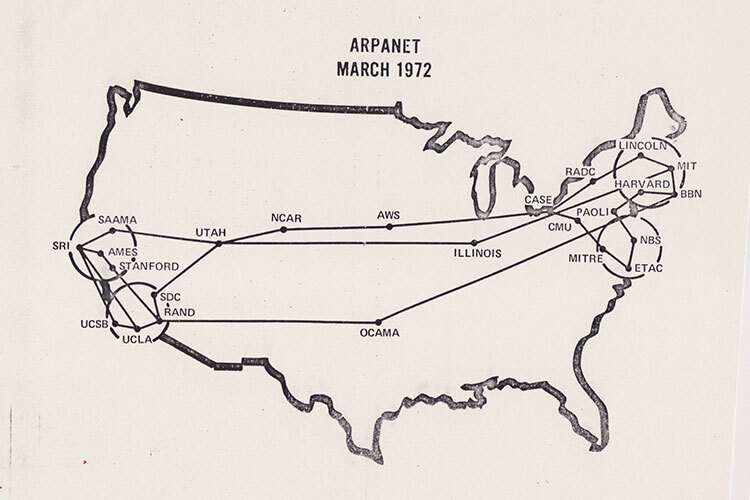
However, one flourishing business in the 1970s was that of the semiconductor and incipient computer industries, which were established in the San Francisco Bay in California, known since then as Silicon Valley. To this day, the headquarters of the largest technology companies in the U.S. are there.
1972. Now that all the ARPANET hosts had been connected under NCP, email emerged and the concept of “open architecture” was created with the aim of extending the network. According to UCLA maps, 25 of the country’s institutions were now connected by March of that year, which went up to 29 in August.
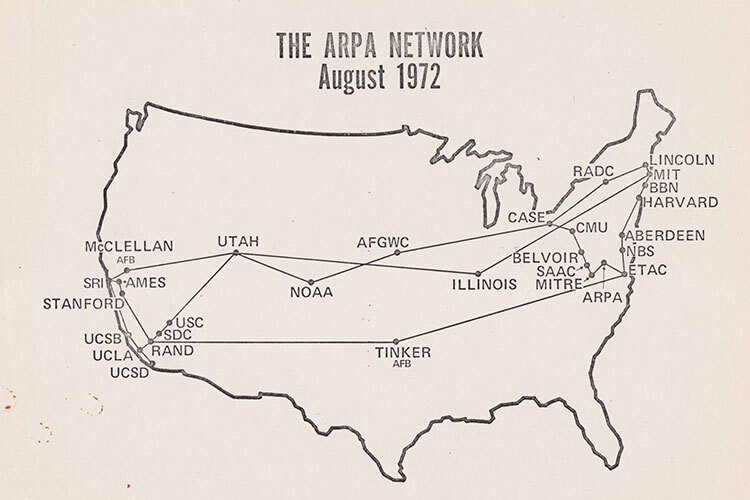
At this point, a new name appears that will mark the future of the ARPANET project: Robert Kahn. Besides being an engineering professor at MIT, he worked at Bolt, Beranek, and Newman (BBN), which had developed the IMPs in 1968.
In 1972, he joined DARPA and participated in October of that year in the International Computer Communication Conference, where he connected 40 computers through ARPANET. It was the first time the project had been presented to the public.
Kahn was director of the Information Processing Techniques Office at DARPA, where he implemented its vision of an open architecture network. However, this technique was limited by the Network Control Protocol (NCP) upon which ARPANET was based, as it was only connected through Interface Message Processors IMPs).
Is This When the Internet as We Know It Began?
1973. To open up the network, development of a new protocol began in this year: Transmission Control Protocol/ Internet Protocol (TCP/IP). This aimed for every network to be independent and not to change if another network was disconnected. As they wanted it to be more efficient, they imagined “black boxes” that would interconnect networks without storing information about connections and didn’t expect there to be a central control, so that operations could occur without mediation.
This was the first version of what we currently know as IP addresses (IP meaning Internet Protocol). Technically, ARPANET also began to look more like the current Internet. For example, the “black boxes” were baptized routers and gateways, which are devices that the companies we contract service from put in our homes to connect us.
1973 was a big year for network openness as the first international connection was made from ARPANET to University College London. Moreover, a new network was presented: Ethernet.
1974. Barely two years after ARPANET had been presented to the public, the first commercial version appeared, called Telenet. Detailed specifications of TCP/IP were published.
1975. The first satellite links were made, and the first router was created at Xerox PARC.
1977. Xerox obtained the patent for Ethernet.
1979. The first emoticons appeared.
1982. TCP/IP was established as the base protocol of ARPANET and the first definition appeared of what the Internet is: A TCP/IP network that connects other smaller TCP/IP networks. The use of networks advanced in Europe and Xerox released the Ethernet trademark.
1983. All computers connected to ARPANET officially transferred from NCP to IP and the Domain Name System (DNS) emerged, which referred to databases to detect users’ IP addresses and provide their location.
1984. Apple launched its famous Macintosh.
1985. The first internet domain was given to the company Symbolics Inc. (symbolics.com).
1986. The Network News Transfer Protocol (NNTP) was developed with the aim of improving the transfer of News via TCP/IP. In Mexico, although it didn’t yet have much infrastructure for this type of technology, MX records emerged to be able to receive emails despite users not having an IP address.
1987. The first private operator (ISP) appeared in the United States to offer Internet service for commercial purposes (UUNet). Although Telenet had emerged in 1974, it was such a new technology that the U.S. didn’t have the infrastructure to reach most of the population. At the start, it only caught the attention of people in the information technology field.
1988. On October 12, the first Internet connection in Mexico was made between the Monterrey Campus of Tec de Monterrey and the School of Medicine of the University of Texas at San Antonio.
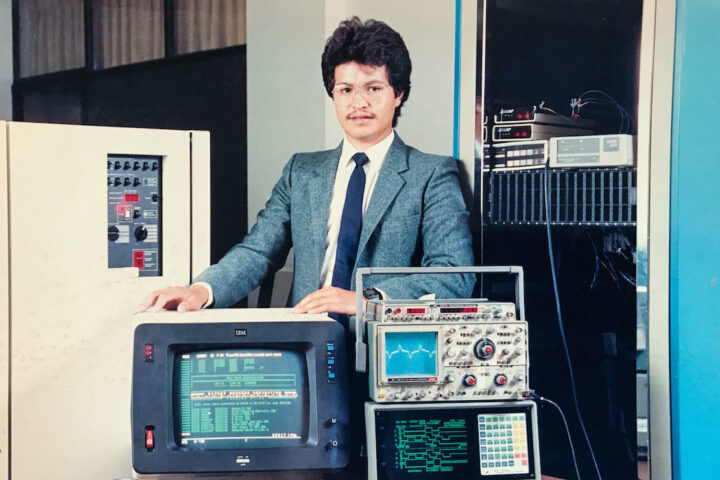
That year, the first cyberattack occurred. This was a malware known as the “Morris worm” that infected 6,000 of the 60,000 users who had ARPANET at the time, which led to DARPA creating a Computer Emergency Response Team.
1990. The decade opened with the official death of ARPANET, substituted by the National Science Foundation Network (NSFNET), series of networks developed by the U.S. government through the National Science Foundation, which ended up being replaced by commercial operators.
By this time, there was already extensive knowledge of the Internet by scientific elites around the world. After the design of a more open architecture, international computer scientists could add options to extend it.
1991. At the European Organization for Nuclear Research (CERN), headquartered in Switzerland and possessing the largest particle physics laboratory in the world, Brit Time Berners-Lee presented the World Wide Web, a system that used the Internet to transmit different types of data via the Hypertext Transfer Protocol (HTTP), whose code was completely free with the promise that there would be no charge for its use.
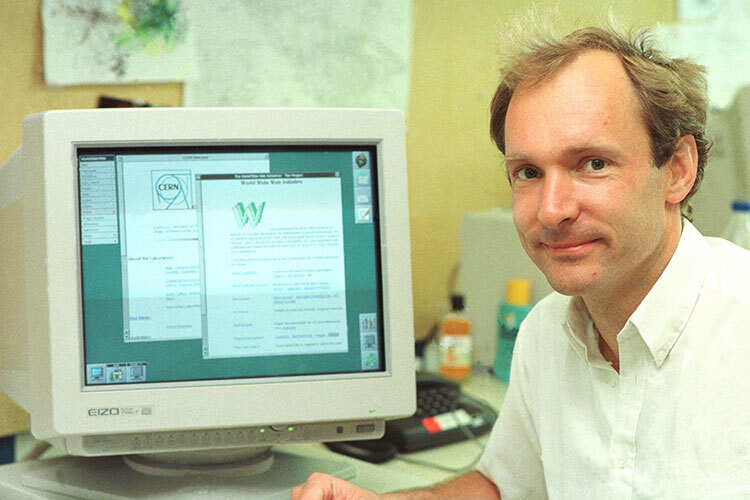
1994. Tim Berners-Lee founded the World Wide Web Consortium (W3C), whose headquarters are at MIT, in order to standardize web development. Yahoo! emerged as one of the first search engines, as well as Amazon and other virtual stores.
1995. Microsoft presented Windows 95, and the world wide web (www) established itself as an excellent internet platform by being more effective than other protocols such as FTP. In the U.S., NSFNET was officially ended, and phone companies began to offer Internet service, which began to have massive reach. eBay was created, one of the first auction and e-commerce stores.
1998. Google emerged to usurp other search engines such as AltaVista and Yahoo! and proceeded to revolutionize the Internet commerce industry by presenting its online advertising system AdWords in 2000.
2000. The Internet boom began in this decade. By reaching a mass audience through phone companies, it started a true revolution that changed the way we communicate.
After decades of people sitting in front of the television, the arrival of YouTube in 2005 changed how this decade’s children and young people consumed both programs and advertising. What’s more, social networks emerged, with Myspace in 2003, Facebook in 2004, Twitter (now X) in 2006, and Instagram in 2010.
The transformation was complete; the military project that began in the laboratories of MIT had managed to connect the entire world and started a digital age that changed the daily lives of most people around the world.
Did you find this story interesting? Would you like to publish it? Get in touch with our content editor to find out more at marianaleonm@tec.mx.

